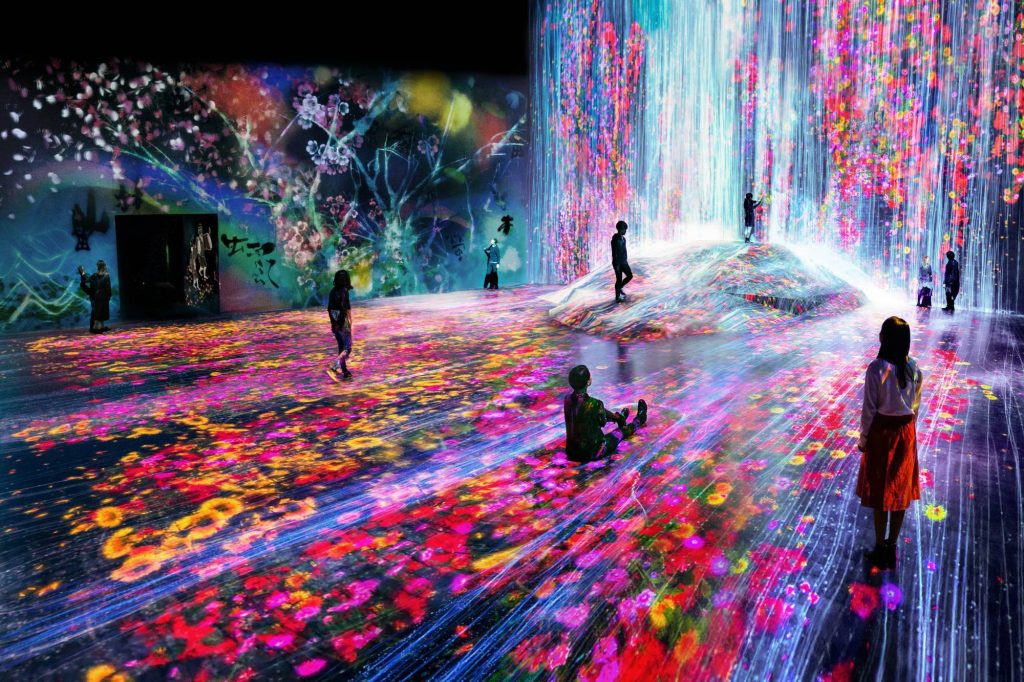Do you visit museums often? Are you always feeling tired of the traditional way of visiting?
As the world gets more digitalized, numerous industries are adapting to this change and embracing new technologies. Museums, in particular, are evolving through the incorporation of digital elements into their exhibitions and visitor experiences.
Improved Accessibility and Convenience
Museum digitalization has changed accessibility, making its collections and information more accessible to a wider audience. Museums offer virtual visits by digitizing artwork, artifacts, and archives, allowing visitors from all over the world to view their exhibits remotely. This accessibility is especially advantageous for people who suffer geographic, physical, or financial challenges to visiting museums, ensuring that everyone has access to arts and culture.
In addition, digital guides and mobile applications have made museum visits more convenient. Visitors can use these tools to navigate exhibitions, obtain extensive information about each display, and even personalize their tours. This tailored experience improves visitors’ comprehension and interaction with the museum’s content, increasing their overall pleasure.
Engaging and Immersive Experiences
Immersive experiences within museums are increasingly accessible as a result of digitalization. The use of Augmented Reality (AR) and Virtual Reality (VR) technologies has transformed how visitors interact with exhibits. Museums can now use digital reconstructions and simulations to bring historical events to life, allowing visitors to see pivotal moments. These immersive technologies captivate visitors and build a stronger connection with the subject matter. Also, interactive installations and touchscreen displays allow visitors to interact with the exhibits. By allowing patrons to engage with museum items and art in a unique way, this hands-on approach encourages a more dynamic and memorable visit. Furthermore, several museums add gamification components to their digital products, such as interactive challenges and quizzes that improve visitors’ learning while also making the visit more fun.
Another form of digital art is emerging
However, have you ever imagined combining 520 computers, 470 projectors, and up to 100 self-described ‘ultra-technologists’ to create the artwork?
The museum is called MORI Building DIGITAL ART MUSEUM, which is the world’s first light-up museum. The museum has large exhibition halls with digital artworks projected onto the walls, floors, and ceilings, creating a seamless and limitless experience. Visitors can interact with the artwork and become a part of it. Sensors, lights, and music are used throughout the installations to create a dynamic and fascinating experience.
“We want visitors to understand how digital technology can expand the conception of art. The art we create is made up of both the art and the viewer, and the existence and behavior of the viewer can influence the art.”

Image source: teamlab art
What do you think bout the Mori Building Digital Art Museum? Should it be considered as “real” art? Or is art generated by AI real art?
References:
DW Shift. (2014, August 12). How the Digital Age change how we visit Museums | Digital Museums | SHIFT [Video]. YouTube. https://www.youtube.com/watch?v=LBZ0TX5KFYA
Inside the world’s first digital art museum. (n.d.). British Council. https://www.britishcouncil.org/anyone-anywhere/explore/digital-creativity/first-digital-art-museum
TeamLab Borderless: MORI Building DIGITAL ART MUSEUM, Tokyo | TeamLab. (n.d.). teamLab Borderless: MORI Building DIGITAL ART MUSEUM, Tokyo | teamLab. https://www.teamlab.art/e/borderless-azabudai/


I love going to museums and sometimes find the available audio-guides very tricky to coordinate with the exhibition itself and just end up ditching them. I stopped even taking them for a while after feeling constantly disappointed, yet recently I realized how digitalization impacted the format in a very positive way. I went to the Mark Rothko exhibition and due to the size and importance as a “blockbuster” exhibition, I convinced myself to download the app and was pleasantly surprised after noticing how much clearer the user interface was and how much more insight I could get from following the app through my tour through the galleries.
I still feel a little skeptical towards VR in a museum because for me, it is sometimes the tangible aspects of the artwork that also make it special, yet I know it is the future of museums…